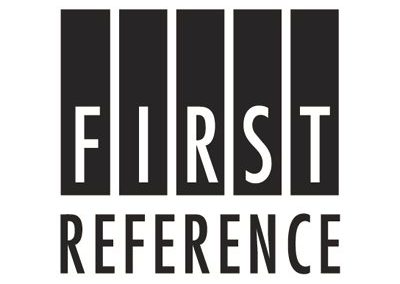In 2017, the provincial legislature and Ontario judges continued to change Ontario’s employment laws. These changes resulted in higher payroll costs and a more regulated workplace. This blog briefly identifies 10 employment law developments from the past year.
1. Changes to the Employment Standards Act (ESA). Many changes were made to this law in November. Most of these changes take effect on Jan. 1, 2018, which doesn’t give employers much time to change existing practices and policies. We offer a fixed fee service for employers who need help complying with these changes.
2. Ministry of Labour (MOL) inspectors are visiting more Ontario workplaces. In the past, most inspections were the result of an employee complaint. Now the MOL is getting more proactive. For the last several years, the MOL has initiated strategic inspection blitzes. In 2017 the MOL announced it is hiring 175 additional ESA enforcement officers. This means your organization is much more likely to be inspected for compliance with Ontario’s employment laws including the many changes to the ESA that take effect Jan. 1, 2018.
3. Accommodating employees with mental disabilities may be the fastest growing area of human rights law. We recently devoted one-third of our employment law conference to this topic. It seems as if more and more employees are debilitated by depression and anxiety, and often an employee’s interaction with their supervisor triggers a mental disability. It is a complex area fraught with legal uncertainty. The duty to inquire about a person’s health when there are objective signs that the person may have a mental disability is one such issue.
4. Damages for employee terminations are going up. In the past, the sole issue in most wrongful dismissal cases was how much pay the employer owes the employee in lieu of the notice of termination that the employee should have received. Now employees routinely seek several kinds of additional damages. A 2017 decision considered the termination of a 44-year-old female supervisor with nine years’ service shortly after filing a sexual harassment complaint. The trial judge awarded her 10 months pay in lieu of reasonable notice, $60,000 in moral damages because of the way she was terminated, $25,000 for the way the employer handled her human rights complaint, interest, and about $425,000 in legal fees. The Court of Appeal increased the damage award. In another case, a trial judge awarded a terminated employee, among other damages, $100,000 for the intentional infliction of mental stress and the tort of harassment which I believe was recognized as a legal cause of action in the employment context for the first time.
5. Termination clauses in employment contracts continue to be successfully attacked. We have written several blogs on this issue. Some judges are refusing to enforce termination clauses whereas others do, so there is considerable legal uncertainty in this area. I’m hoping the Supreme Court of Canada will provide some guidance in this area. In the meantime, we suggest that employment contracts be reviewed periodically – especially termination clauses. We provide this service for a fixed fee.
6. Changes to AODA. The employment standards under the Accessibility for Ontarians with Disabilities Act came into effect for all employers in 2017. Did you know this law imposes nine new obligations on all employees, and two additional obligations on organizations with more than 50 employees? Also, did you know that organizations with more than 20 employees must file a report with the government by Dec. 31, 2017? We offer a fixed fee service for employers who need help complying with these obligations.
7. Sexual harassment. The Harvey Weinstein story shone a light on this issue – again. Changes to Ontario’s health and safety law in late 2016 amended the definition of “workplace harassment” to include sexual harassment. Employees now have the right to have complaints investigated by a trained person, and be told the outcome of the investigation and whether the alleged harasser was disciplined. We offer a fixed fee service for employers who have not complied with the new obligations imposed on employers including the obligation to implement a written workplace harassment investigation procedure.
8. Pregnancy and parental leave extended to 18 months. The federal government and provincial government have amended laws to make this happen. As written about in our blog, now employees can take 12 months EI benefits over an 18-month period.
9. Drug testing. The federal government plans to regulate the sale of marijuana and it won’t be limited to people who need it for medical purposes. Recently some judges have found that drug testing is permitted in certain circumstances. I predict that more and more employers will be implementing drug and alcohol policies in 2018.
10. Employee bonuses. Is an employee entitled to the bonus they would have earned if they had received notice of termination? This often turns on how to interpret the term “actively employed”. The Alberta Court of Appeal and Ontario Court of Appeal seem to be taking a different approach to this issue. Accordingly, it looks like the Supreme Court of Canada will have to decide this issue. In the meantime, we suggest that bonus clauses in employment contracts be updated.



















